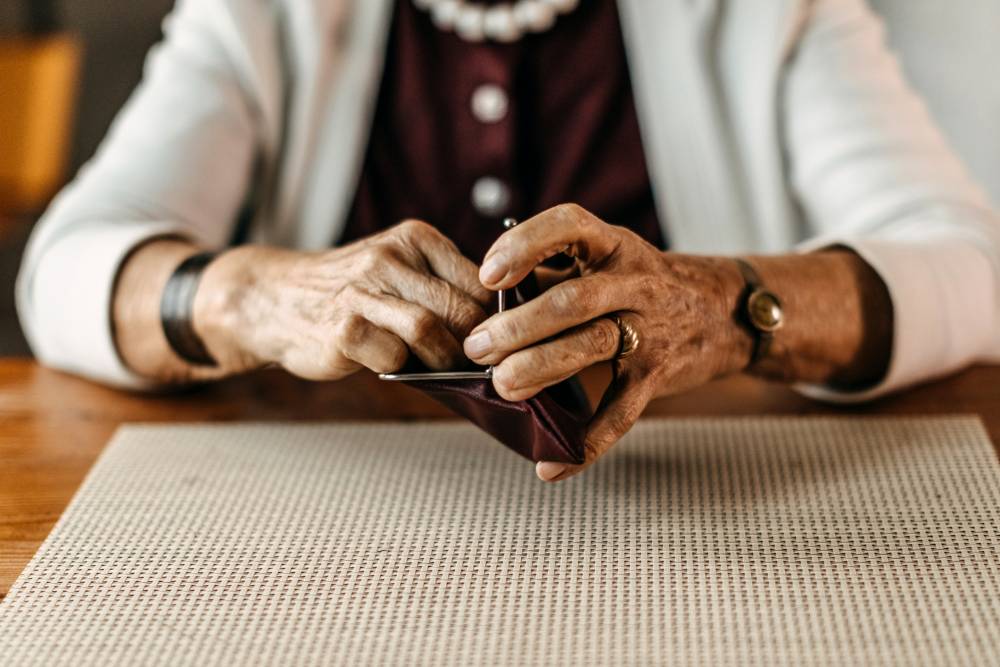
As a nation, we’re watching on as a royal commission investigates the quality and safety of our aged care system amid allegations of widespread corruption and abuse.
In the shadows of the investigation’s more arresting revelations, a lesser-known story, though equally important, has begun to unfold.
Under the radar, elderly and disabled Australians are being left vulnerable to exploitation by the businesses that are meant to provide for their needs. Many recipients of My Aged Care are being short-changed and bamboozled by some service providers hiding exorbitant costs behind byzantine pricing and a bevy of indeterminate add-ons.
Across the board, the differences in costs are stark. At the highest level of care, the more scrupulous providers will charge recipients a reasonable 13 per cent of their total government subsidy in administration fees. At the other end of the spectrum, some providers are charging up to 38 per cent for the very same administrative burden.
This translates to much less money being left over for crucial personal care and services. To put it in perspective, those paying 13 per cent could afford to pay for up to 38 hours of personalised care a fortnight, while those paying 38 per cent could afford roughly 20 hours of crucial services such as nursing, cleaning or gardening; that’s about half the care because they weren’t equipped at the outset to make the best choice.
Some might argue buyer beware. Unfortunately, some providers have done a masterful job of clouding their costs. They make it near-impossible to spot the poisoned apple without first taking a bite. As a result, comparing plans is a painstaking and labyrinthine process.
Providers understand that once a client is locked in to their plan, they are unlikely to shop around for alternatives because the process is long and arduous.
Despite impending legislation compelling all providers to publish their rates, some still don’t.
Some providers are trying to set a benchmark in clarity by rolling their management fee, basic daily fee and care management into a single, intelligible, all-encompassing figure.
But most providers prefer to break their fees into as many categories and sub-categories as possible, muddying the waters for prospective members and making it difficult to compare costs across the vast platform of options.
We can’t allow elderly and disabled Australians to be swindled and taken advantage of as they brace themselves for the most challenging phase of their life. They deserve better. If we’re going to allow the most marginalised Australians to reclaim their dignity, the home-care industry must follow the lead of the services that are setting the benchmark with clear, simple and affordable plans.
Danielle Ballantine is the chief executive of Your Side, a non-denominational, not-for-profit health and home-care provider.
This article was first published by the Sydney Morning Herald and has been republished with Ms Ballantine’s permission.
